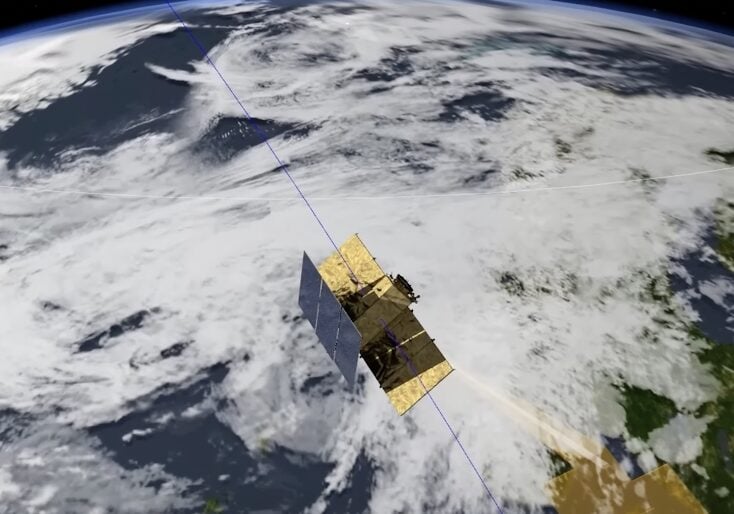In the vastness of space, a technological marvel is taking shape – the Rosalind satellite. At an astonishing 40 square metres, the Rosalind is the largest radar antenna ever built. It heralds a new era in Earth observation, poised to unlock a wealth of previously inaccessible information about our planet.
Led by a consortium of 15 European countries, Rosalind represents the pinnacle of collaborative innovation. Its importance lies not only in its enormous size, but also in its pioneering capabilities. Unlike its predecessors, Rosalind uses a longer wavelength, enabling it to extract new insights from space that were previously out of reach.
Malcolm Davidson, Rosalind mission scientist, highlights a variety of Rosalind information. From monitoring sea ice and detecting ships to tracking oil spills and assessing the impacts of climate change, Rosalind's data are invaluable for many applications, from environmental conservation to disaster management.
Central to Rosalind's success is state-of-the-art technology, meticulously designed to meet stringent mission requirements. Nick Gabbert, payload manager at Rosalind, explains the intricacies of its design, from the innovative antenna structure to the sophisticated transceiver modules. This technological prowess ensures that Rosalind can penetrate darkness and vegetation to capture high-resolution data with unparalleled accuracy.
Gian Luigi Demo, Rosalind Project Director, emphasizes the operational nature of the mission and the open data policy, which facilitates rapid access to data for researchers and scientists around the world. Furthermore, Rosalind's longevity, with each spacecraft designed to remain operational for 7.5 years, ensures continuity of Earth observation efforts.
However, Rosalind's importance extends far beyond her technological achievements. It embodies Europe's commitment to environmental stewardship and scientific excellence. By harnessing the power of technology, Europe is responsible for monitoring and protecting our planet for future generations.
As Rosalind prepares for launch in 2028, it symbolizes Europe's leap into the future, where innovation and collaboration pave the way to a more sustainable and resilient world.
With Rosalind at the helm, Europe embarks on a journey of discovery and exploration, ready to uncover the secrets of our planet and protect its future.

